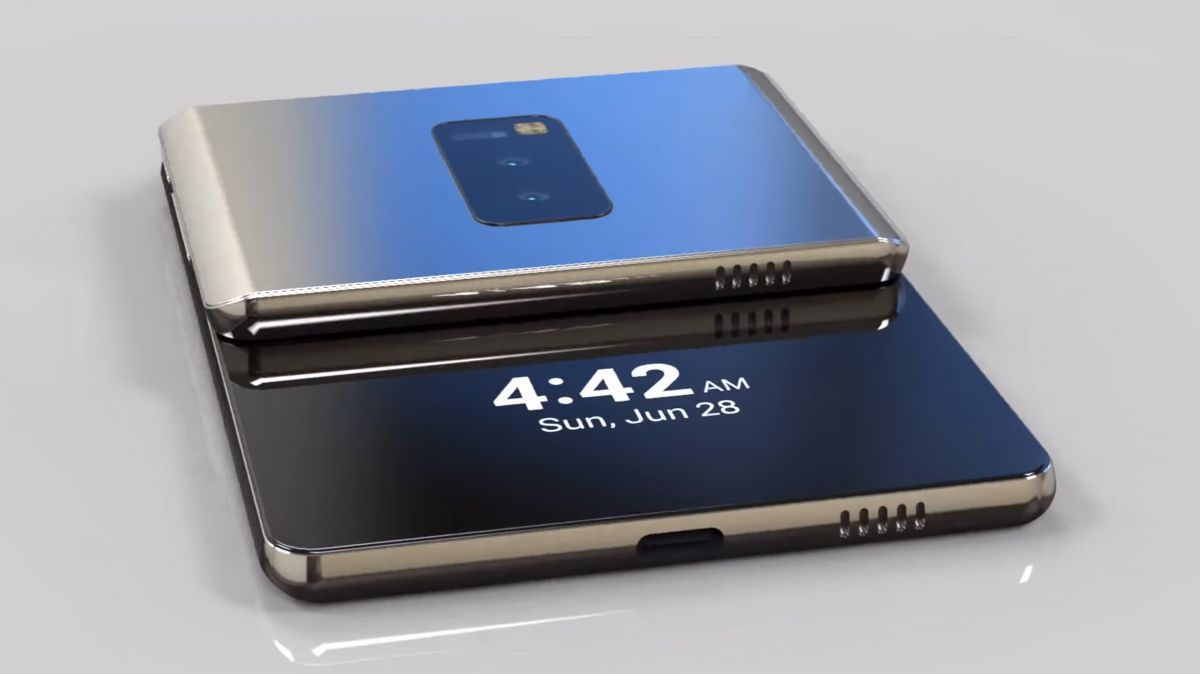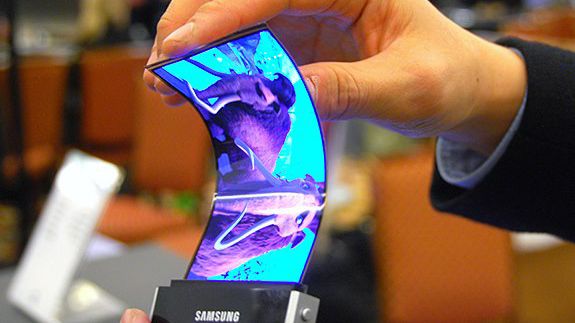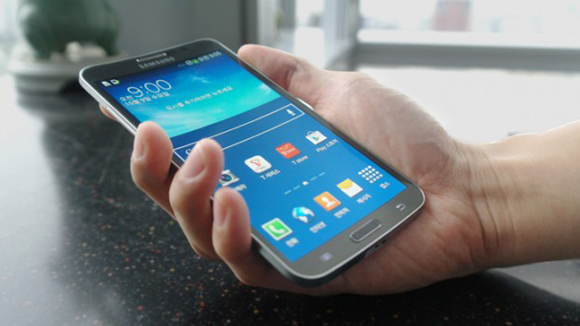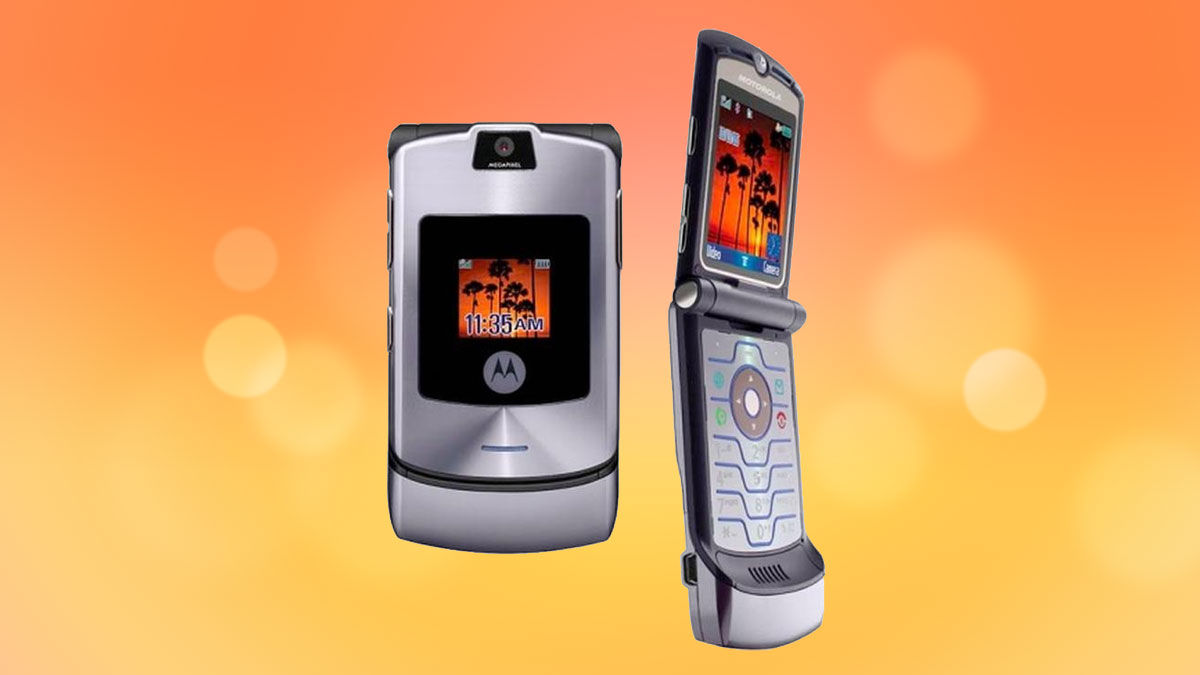Folding phones: the future of the smartphone, or just another fad?
Samsung, Huawei and Motorola are all working on them

Main image: This concept image shows what Samsung's folding phone could look like. Credit: TechConfigurations
With smartphones now boasting screens close to six inches in size, we've hit the point where going bigger isn't really feasible – at least not with current screen tech. This roadblock has triggered a rush to be the first manufacturer to market with a 'folding' smartphone, with companies like Samsung, Motorola, LG, Huawei and ZTE all experimenting with the concept.
Folding phones aren't a new thing by any means; before the iPhone arrived in 2007 and Google released Android in 2008, clamshell handsets were commonplace. In fact, one of the most iconic phones of all time – the Motorola Razr – was a folding phone. The key difference between the phones of the past and the phones of the future is that modern designers and engineers are having to solve the issue of how you make a handset's screen fold and flex without damaging it.

Like any technological conundrum, there are several ways to tackle this. ZTE, for example, released its Axon M handset late last year; it utilized two screens in its folding design. Turning Space Industries – the company formerly known as Turing Robotic Industries – is currently hard at work on the Hubblephone, which has three screens that fold out from the main body, as well as a curved OLED display which wraps around the upper edge.
Samsung leads the way
However, the approach which has attracted the most attention is the one seemingly being used by Samsung for its mysterious (and near legendary) handset codenamed the Galaxy X, which Samsung now says will be unveiled before the end of this year, although it's not clear what it'll be called, or when it will be available to buy.
Samsung is just one of many hardware makers that's investing a lot of time and effort into foldable displays – OLED-based panels which can withstand being repeatedly folded without any sustaining any damage.

It might seem like rocket science, but flexible screens have been with us for some time. The Galaxy S range has displays which curve gracefully at the edges, but Samsung has actually been working on this concept since 2011; 2013's Galaxy Round was the company's first 'curved screen' smartphone. Meanwhile, LG released a similarly contoured phone in the form of 2013's G Flex.
Get daily insight, inspiration and deals in your inbox
Sign up for breaking news, reviews, opinion, top tech deals, and more.
These devices share a bond with future 'folding' phones as they prove that screens don't have to be entirely flat; they also illustrate just how long manufacturers have been toying with this concept, which hints at the difficulties involved in crafting such a display and producing it in the quantities required to market a mainstream device.

Samsung, Motorola, LG, Apple and Huawei have all filed patents which pertain to folding screens on smart devices, and LG even demonstrated a 65-inch rollable OLED TV earlier this year. Given that smartphone sales are slowing down, it's easy to see why these companies are clamoring to be at the vanguard of a display-based revolution; the first to truly realize the dream of a flexible screen is likely to profit handsomely.
The challenge of the folding phone
There are, of course, distinct engineering challenges to overcome with such technology. Folding and flexing phones require durable materials that can withstand the constant opening and closing of the device; it's rumored that Samsung's breakthrough in this area has come from its use of hybrid polymer-glass substrate.
It was previously reported that Samsung was encountering problems creating an encapsulation layer – which repels water and dust – to protect the display, but given momentum that is building for a 2019 release, it would seem that the South Korean company has overcome this particular hurdle. Then there's the 'touch' layer of the screen, which is utterly vital in a smartphone. This too has to be capable of folding without any negative effects, and that creates a whole host of headaches.

Still, it's tempting to see the idea of a folding phone with a flexible screen as little more than a visual gimmick designed to engender feelings of nostalgia among consumers old enough to recall the clamshell handsets of their youth. However, there's a sound reason for flexible phones being the future of the industry; unlike modern displays, they would be highly resilient and far harder to damage.
One of the most common issues with phones right now is that their delicate screens are clad in tempered glass which, when the phone is dropped accidentally, is prone to shattering. A flexible phone wouldn't need this glass, and would therefore withstand any unexpected drops – and being able to boast that your phone is truly drop-proof would be a pretty special slice of marketing. There are other advantages, too; flexible screens should, once production ramps up, be cheap to produce, and should make for lighter handsets because they don't need to be protected by specialized glass.

With multiple companies poised to leap into the folding – and flexible – handset sector over the next 12 to 18 months, we could be on the cusp of a smartphone revolution the likes of which hasn't been witnessed since the reveal of the keypad-less iPhone a decade ago. We're so used to the idea of our phones being solid, rigid objects that it seems rather odd to imagine a handset which not only folds its screen neatly but is flexible in other ways, too.
The possibilities are mind-boggling – a phone that can bend won't snap when you accidentally leave it in the back pocket of your skinny jeans, for example. Regardless of which company gets its folding phone to market first, this is shaping up to be the big talking point for smartphones in 2019.
TechRadar's Next Up series is brought to you in association with Honor
